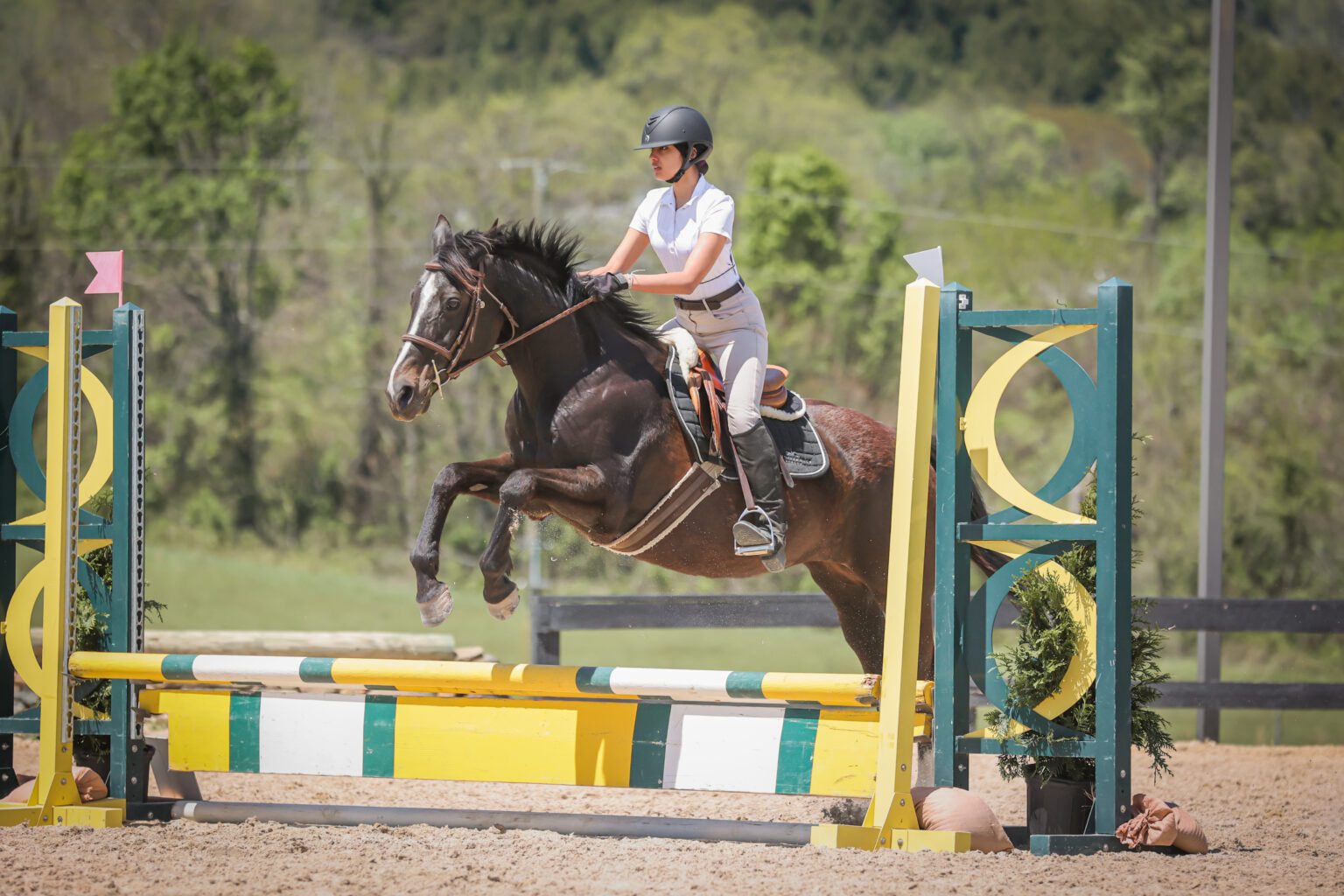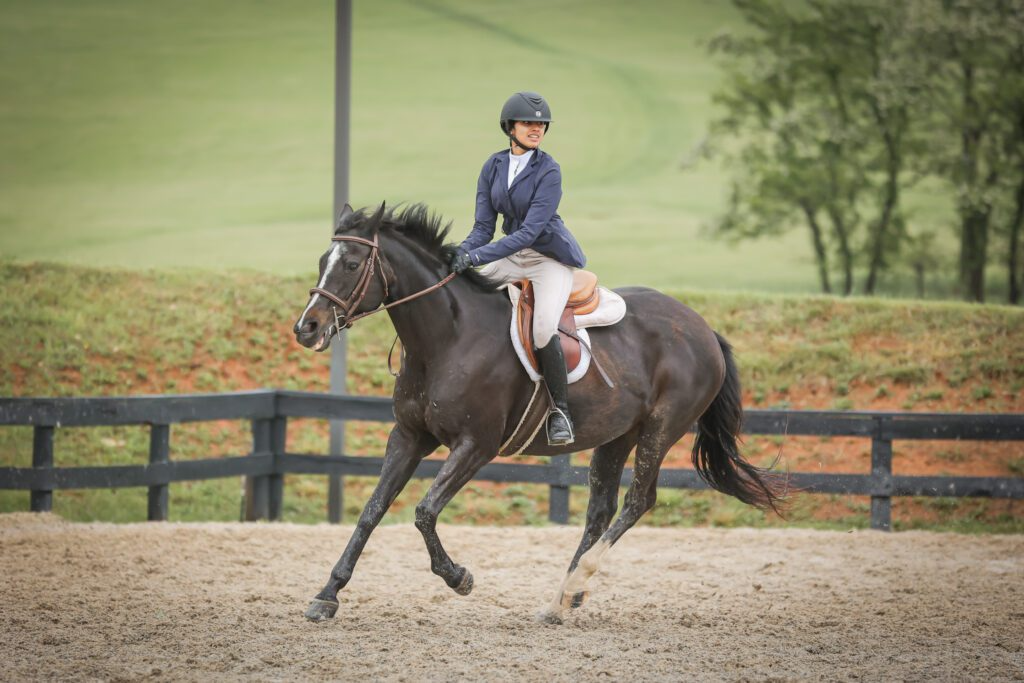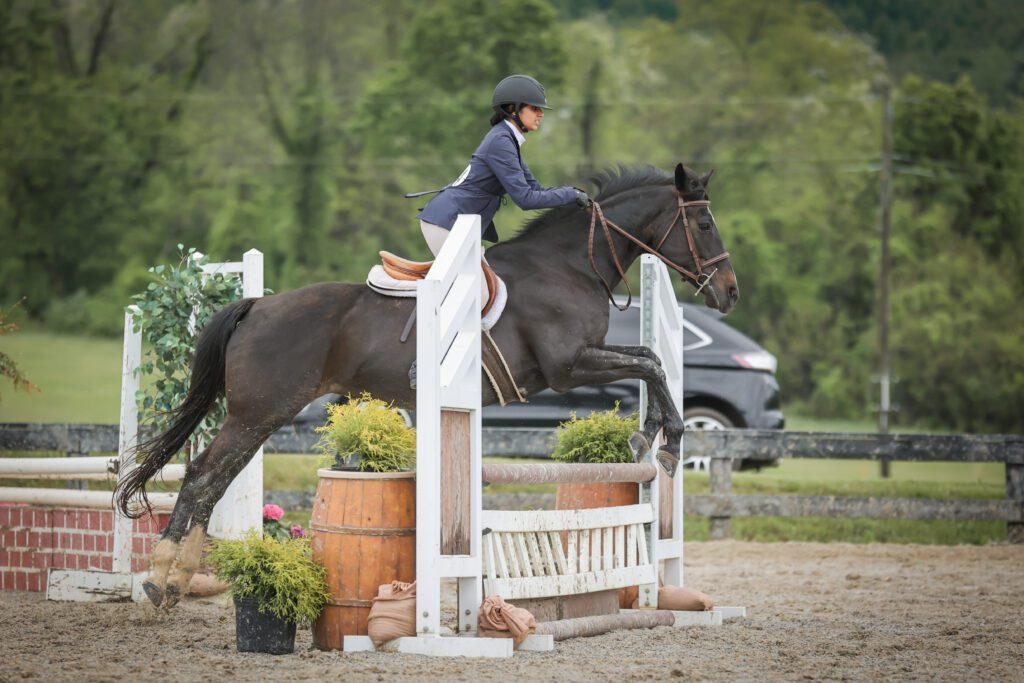Katyayini Prasanna is a high school senior interested in studying international relations in college while still training to become a professional equestrian. She interned at “Indiaspora” in the summer of 2025.

FinTech BizNews Service
Mumbai, November 02, 2025: Indian American teen Katyayini Prasanna shares her journey from a childhood fascination with horses to becoming a dedicated competitive rider in the National Capitol Equitation League. Overcoming early struggles, countless falls, and being one of few Indians in the sport, she’s found resilience, confidence, and a deep sense of identity through riding. Her story inspires others to pursue their passions—even on paths less travelled.
Prasanna is a high school senior interested in studying international relations in college while still training to become a professional equestrian. She interned at “Indiaspora” in the summer of 2025. Indiaspora (www.indiaspora.org), headquartered in the United States, is a nonprofit community of powerful global Indian leaders from diverse backgrounds and professions who are committed to inspiring the diaspora to be a force for positive impact by providing a platform to collaborate, engage, and catalyze social change. @RealIndianAm on X/Twitter
“Two roads diverged in a wood, and I took the one less traveled by, and that has made all the difference.” Robert Frost
Ever since I was a child, I loved horses. Like many young girls, I collected figurines, books, and posters, but at the time, I never thought my fascination would turn into a lifelong passion. My parents, who emigrated from India, had little exposure to horses and initially believed it was just a phase. That changed when I was five, during a visit to a friend’s ranch in Montana—my first true introduction to the equestrian world. From then on, I fell down a seemingly never ending rabbit hole into the equestrian world.

At seven, I took my first riding lesson at a stable in New York City. It was a disaster. I couldn’t steer, and the horse barely moved. That was when I realized I was actually useless on the horse. Trail rides had given me the illusion of control, but true riding was different—you had to guide the horse, not simply sit on it. Despite the rough start, I didn’t want to give up. Weekly lessons became my escape from the bustle of city life. I began to spend every weekend volunteering at my barn, helping out with grooming, mucking out the stalls, and giving pony rides to young kids.
I rode with my first instructor for a few years. She terrified me, made me cry several times, but she taught me how to ride. With progress came falls—I’ve fallen off a horse more than 40 so far. Most were relatively minor, some were painful. However, I learned one of the sport’s central lessons: always get back on. Horses, after all, aren’t machines. They are powerful, emotional animals with minds of their own. Abuse, poor training, or simply a bad day could affect their behavior. However, for me, riding meant respecting that they allowed me on their backs at all. It also taught me patience, resilience, and how to communicate with the horse.
When I moved to Virginia at age 11, COVID-19 kept me away from barns for months. So returning to ride was exciting, especially when I began learning to jump. My first show was at 12 – I earned six ribbons and discovered I loved competing. I soon moved to a new barn, and my new instructors encouraged me to compete. We would travel to local barns and compete in local jumper shows. The primary focus of a jumper show is to score a clear round at the fastest time possible. I didn’t have a knack for it at first, as your chances of winning greatly depended on whether you had a fast horse. My barn then had a fun show, where the jumping round was scored as a hunter round. In hunter shows, a person is judged by how well their horse moves, and how gracefully the rider and horse jump. I won second place at this show which surprised me. To get more specialized hunter coaching, I switched barns where I met my current instructor. I liked her because she was a mix of strict and kind. She would casually crack jokes during lessons, and would always support me. The new barn was a part of a program called National Capitol Equitation League (NCEL), an organization for junior riders to compete in hunter shows as a team. Eventually, all barns would compete at Prince George’s Equestrian Center for the Finale. Competitions were challenging since riders drew horses at random from the hosting barn, forcing us to quickly adapt and we were judged on a horse we had never ridden in our lives. I consistently placed and grew tremendously as a rider.

Being one of the few Indian equestrians has shaped my journey. Many of my peers had families with equestrian backgrounds. Yet, my parents have been my greatest supporters, learning alongside me, cheering at shows, and helping in the barn. I developed resilience and confidence by learning from my mistakes and persevering through tough times.
I think one of the main reasons that there aren’t many Indians in this industry is because of limited awareness. My hope is that more people will find the strength to pursue their passion, even if it’s an unlikely path. For me, riding is not just a sport or hobby—it’s a part of my identity. I simply cannot imagine myself without horses. While I may change in many ways, I know that this will always be the same for me.